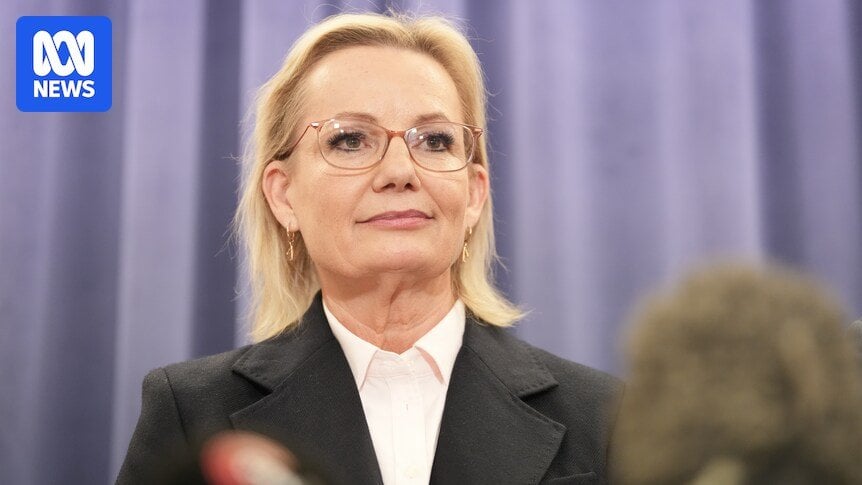Federal politics in Australia recently witnessed a significant development as the Liberal Party agreed “in principle” to the Nationals’ policy demands. This decision came as a crucial step towards reuniting the Coalition, with the Liberals endorsing four key policy demands put forth by the Nationals. The demands encompassed a range of issues, including nuclear energy, divestiture powers, a regional fund, and improved mobile phone coverage in rural areas. This agreement followed intense discussions within the Liberal Party, culminating in Opposition Leader Sussan Ley being empowered to convey their position back to the Nationals.
The backdrop of this agreement was a notable narrowing in the electoral race in the seat of Bradfield. A discrepancy in the vote count surfaced during a full preference distribution, leading to a razor-thin margin separating the candidates. As the political landscape shifted with these developments, the focus turned towards understanding the implications and repercussions of the Coalition’s internal dynamics.
Former Prime Minister Malcolm Turnbull’s commentary highlighted the complexities within the Coalition, labeling the National Party’s divergence from the Liberals as “stupid”. This sentiment underscored the deep-rooted differences between the two parties, hinting at potential challenges in maintaining unity moving forward. The divisions and discord within the Coalition were further emphasized by David Speers, who predicted ongoing tensions between the Liberal and National parties.
Amidst the political turmoil, the Nationals faced internal leadership challenges, with David Littleproud’s position coming under scrutiny. Former rival Barnaby Joyce indicated his support for Michael McCormack, signaling a potential shift in the party’s leadership dynamics. This internal reshuffling within the Nationals reflected broader power struggles and realignments within the Coalition framework.
As the discussions unfolded, questions arose regarding historical electoral precedents and potential outcomes in closely contested races. Insights into past election results, such as the narrow victory in the 1919 Australian federal election, provided context for understanding the significance of close electoral margins. The intricacies of electoral processes and potential ramifications of tied results added layers of complexity to the unfolding political narrative.
The evolving situation in Bradfield, where the vote count continued to fluctuate, underscored the meticulous scrutiny involved in electoral processes. Details emerged about discrepancies in preference distributions, highlighting the meticulous nature of electoral counting procedures. As the margin in Bradfield narrowed to a mere seven votes, the electoral intricacies captured the attention of both political observers and the general public.
Amidst the political maneuvering and electoral dynamics, key figures in the Coalition, such as Deputy Nationals Leader Kevin Hogan, emphasized the party’s commitment to upholding core policy priorities. The Nationals’ insistence on cementing key policies in the Coalition agreement reflected a steadfast dedication to their electoral mandates. The internal dynamics within the Nationals underscored the party’s principled stance in advocating for their policy agenda.
The broader implications of the Coalition’s internal negotiations and policy agreements resonated beyond the immediate political landscape. The intricacies of coalition politics, leadership dynamics, and policy priorities highlighted the complexities of governing in a coalition framework. As the Liberal Party navigated discussions around the Nationals’ demands, the future of the Coalition and its ability to deliver on policy commitments remained subjects of intense scrutiny.
In conclusion, the recent developments in Australian federal politics underscored the intricacies of coalition governance, electoral processes, and leadership dynamics. The agreement “in principle” between the Liberals and Nationals signaled a pivotal moment in redefining the Coalition’s unity and policy direction. As the political landscape continued to evolve, the implications of these agreements and internal dynamics were poised to shape the trajectory of federal politics in Australia.
Originally shared on Reddit – r/australia
Join the discussion: https://www.reddit.com/r/australia/comments/1ktb6h5/liberals_agree_in_principle_to_national_partys/

